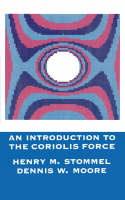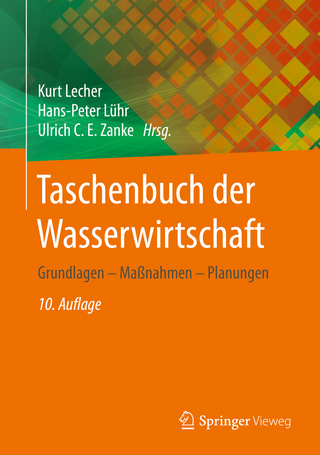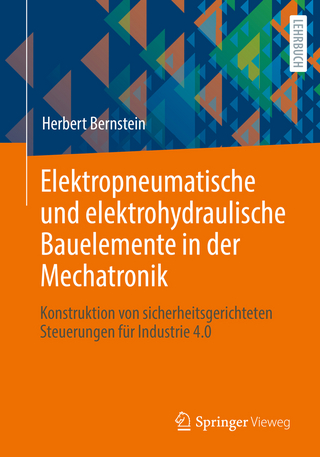
An Introduction to the Coriolis Force
Columbia University Press (Verlag)
978-0-231-06637-2 (ISBN)
- Lieferbar (Termin unbekannt)
- Versandkostenfrei innerhalb Deutschlands
- Auch auf Rechnung
- Verfügbarkeit in der Filiale vor Ort prüfen
- Artikel merken
Michael Keating is professor of politics at the University of Aberdeen, Scotland.
Acknowledgements Introduction Prolegomenon I. Real and apparent force 1.1 Real force 1.1 Apparent force Exercises Conventions about notation II. Velocity and acceleration in plane polar coordinates 2.1 Transformation of coordinates 2.2 Velocity and acceleration Exercises III. Rotating coordinate frames 3.1 Coriolis force 3.2 Magnitude of the Coriolis force 3.3 Centrifugal and Coriolis forces in rotating rectangular coordinates 3.4 Experts, novices and Hooke springs 3.5 Trajectories in the absolute inertial reference frame 3.6 A linkage analogy 3.7 Trajectory in rotating frame 3.8 Another approach using complex notation 3.9 The usage of the words "balance" and "equilibrium" Problems Exercises Some physical interpretation of what we have observed in exercise 3-1 IV. The paraboloidal dish 4.1 The paraboloid as a platform 4.2 Small amplitude motions in the rotating frame 4.3 First integrals Problems Exercises V. Surfaces of revolution 5.1 Hemispherical and paraboloidal dishes compared 5.2 Comparison with the Hooke spring plane 5.3 Results from first integrals 5.4 The paraboloid 5.5 The Hooke spring plane 5.6 Spherical dish 5.7 Rotation of the apsides 5.8 Numerical solutions Problems Exercises VI. Velocity and acceleration in spherical coordinates 6.1 Tranformation from cylindrical polar coordinates to spherical coordinates 6.2 Alternative forms in inertial space 6.3 Acceleration and Coriolis forces in rotating spherical coordinates 6.4 Trajectories on the surface of a gravitating sphere 6.5 Planer motion in spherical coordinates Problems Exercises VII. Huygen's rotating oblate earth 7.1 Approximate figure of the earth 7.2 Forces on a plumb bob 7.3 Computing the bulge 7.4 Novice particles on Huygen's spheroid 7.5 Free fall from a short tower 7.6 Calculation of the deflection of a falling particle in a rotating coordinate frame 7.7 Fall from a tower calculated in inertial space 7.7a Preliminary results regarding ellipses 7.7b Freely falling particle Problems Exercises Some further thought about the exercises of chapter 7 VIII. Forced motion 8.1 Real forces relative to the rotating system 8.2 Balances among terms 8.3 Response of a particle to a force of the first type Exercises IX Refining the earth's platform 9.1 Deficiencies of the Huygen's spheroid 9.2 Combined centrifugal and gravitational potentials 9.3 The concept of a platform as an equipotential surface 9.4 Maclaurin's ellipsoid 9.5 Particle motions on the Maclaurin ellipsoid Problem Exercises X. Concluding Materials 10.1 General References--other places to look 10.2 A vector derivation 10.3 Size of accelerations and forces in terrestrial fluids 10.4 Pressure gradiants Appendix--The Compton generator A.1 Historical background A.2 Computation of flow in the Compton experiement A.3 Do it yourself A.4 The Compton generator A.5 Computation (1). Rotating reference frame A.6 Computation (2). As seen in intertial space A.7 Compton saves himself Exercise Epilogue--Sample of the screen: Example 7-1 Index
| Erscheint lt. Verlag | 3.11.1989 |
|---|---|
| Verlagsort | New York |
| Sprache | englisch |
| Themenwelt | Naturwissenschaften ► Geowissenschaften ► Meteorologie / Klimatologie |
| Naturwissenschaften ► Physik / Astronomie ► Angewandte Physik | |
| ISBN-10 | 0-231-06637-6 / 0231066376 |
| ISBN-13 | 978-0-231-06637-2 / 9780231066372 |
| Zustand | Neuware |
| Haben Sie eine Frage zum Produkt? |
aus dem Bereich


